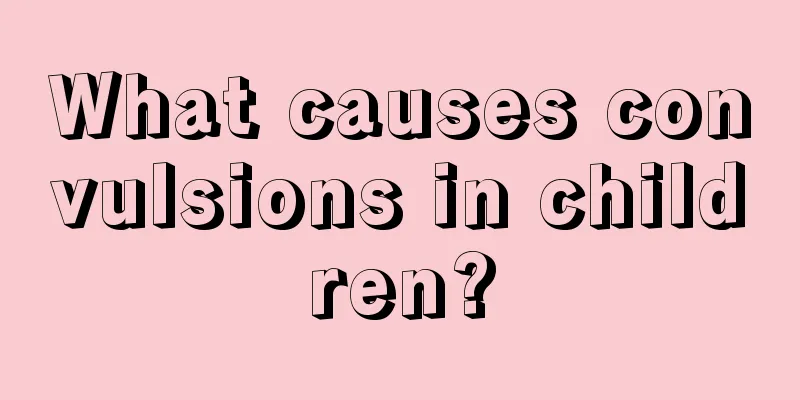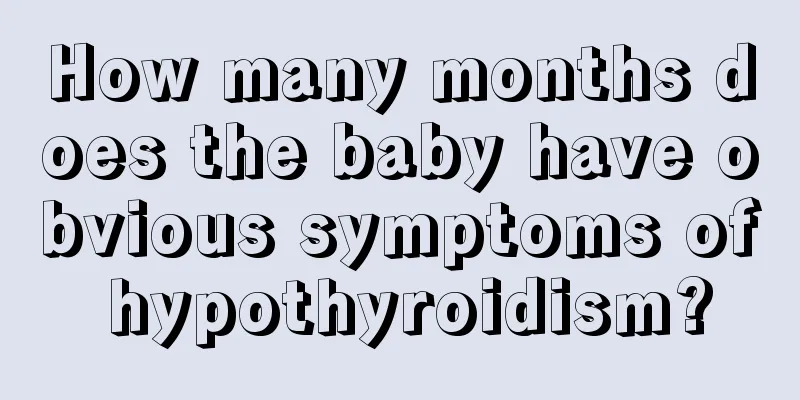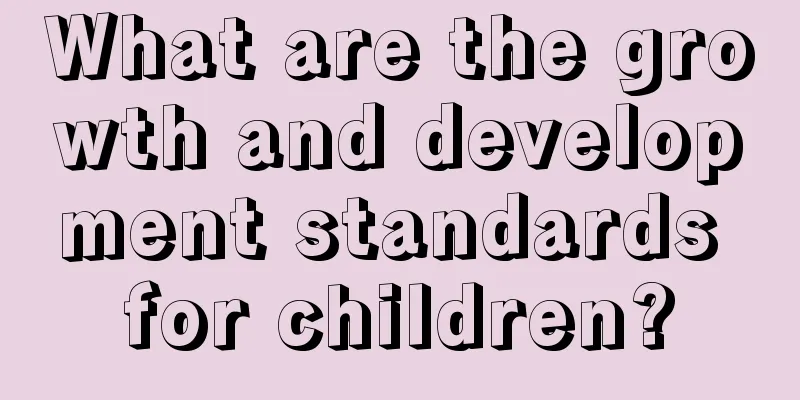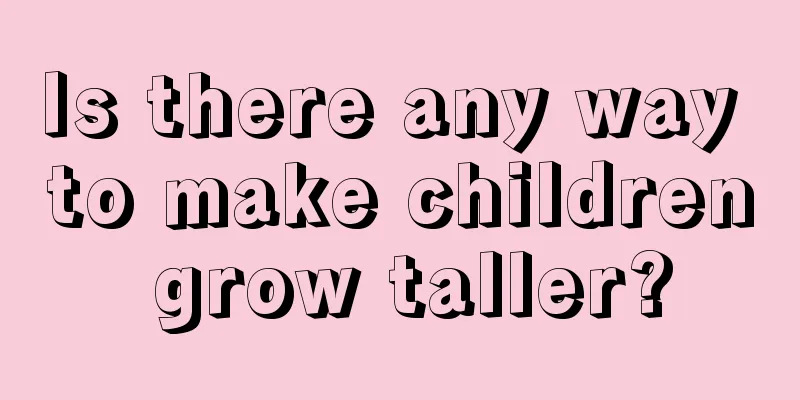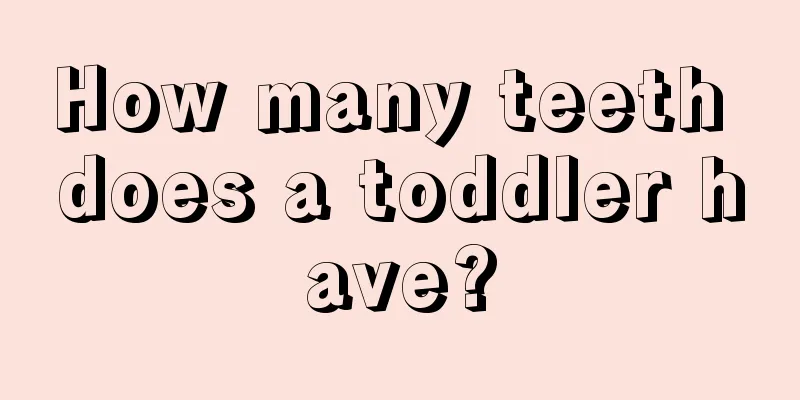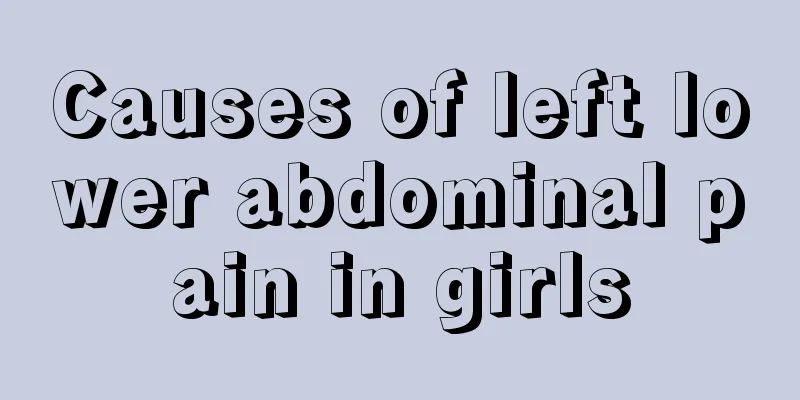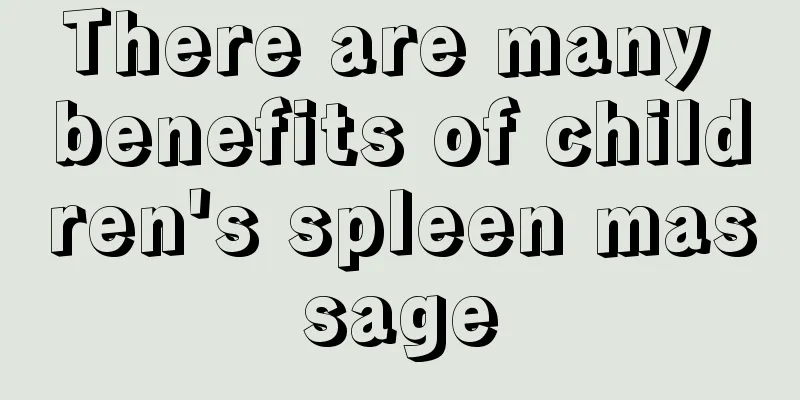What is the process of children's tooth replacement?
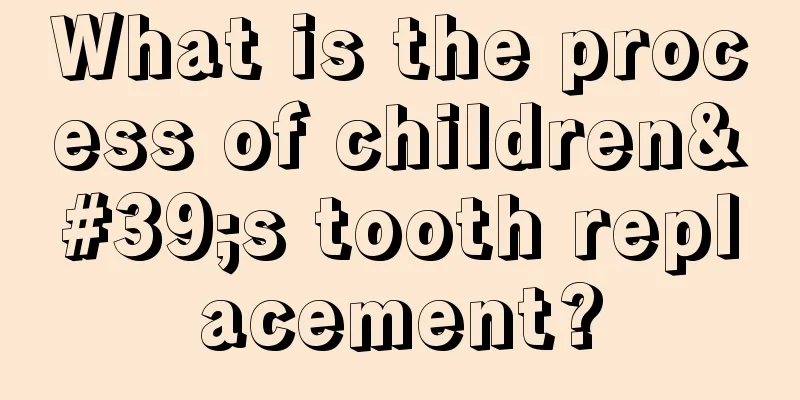
|
I remember when I was a child, I was often laughed at by others because of my falling teeth. If it was a big front tooth, I would leak when I spoke, so adults would always pinch my face and tease me. In fact, every child's tooth replacement is a process. There are also many things to pay attention to when replacing teeth, otherwise it is easy for your teeth to be uneven or have one more or one less. So when exactly do we change teeth? Generally, at the age of 6, the first permanent tooth begins to erupt just behind the deciduous dentition, which is medically called the "sixth year tooth". After that, the deciduous teeth continue to fall out and the permanent teeth erupt one after another. ◇ 6 years old: The two lower incisors come out, and at the same time, the first molar comes out behind the second deciduous molar, one on the upper and lower left and right sides; the two lower deciduous incisors fall off. ◇ 7 years old: The two upper front teeth come out, and the two upper deciduous front teeth fall out. ◇ 8 years old: The upper and lower incisors come out, and the upper and lower deciduous incisors fall off. ◇ 9-10 years old: Lower canines and first pair of canines (one on each side) come out. The lower deciduous canines and first deciduous molars (one on each side, upper and lower) fell off. ◇ 10-11 years old: The upper canines emerge and the upper deciduous canines fall out (one on each side). ◇ 11-12 years old: The second canines of the upper and lower teeth come out (one on each side), and the third deciduous molars of the upper and lower teeth fall out (one on each side). ◇ 12-13 years old: All the deciduous teeth fall out, and only permanent teeth, namely molars, will come out. (The second molars come out at the age of 12, and the third molars come out at the age of 18, once every 6 years, hence the name 6-year-old teeth. However, some people do not get these teeth until around 30 years old, and some individuals do not get them at all.) Number of teeth and time of tooth replacement 4 central incisors 6-7 years old 4 lateral incisors 8-9 years old First pair of canines 4 at 10 years old Single canine 4 11 years old Second canines 4 12 years old First molars 4 at age 6 4 second molars at 13 years old Therefore, you can see that teeth often start to change when children are young and ignorant, so parents should teach their children to be careful not to lick their teeth with their tongues when they are changing their teeth; more importantly, sometimes when the gum roots have not fallen off, do not pull them out forcibly to avoid unclean teeth falling out. |
<<: What should babies eat if they have acute gastritis?
>>: What should I do if my child’s baby teeth are broken?
Recommend
What is the best way to treat children's indigestion?
It is quite common for children to have indigesti...
How to treat a child with a high fever of 39 degrees?
Many children have high fever problems, which ser...
What causes abdominal bloating in newborns?
Abdominal distension is a relatively common condi...
What to do if your baby has dark circles under his eyes
The physical health of the baby is one of the thi...
What medicine is used for bronchitis in children
Children's resistance is relatively weak, and...
How long is the appropriate sleep time for a 22-month-old baby?
The baby's body is particularly weak right af...
What to do if your 5-month-old child has a stuffy nose
The body resistance of a five-month-old baby is v...
Nutritious meals for 2-year-old babies
Many mothers are more concerned about the growth ...
Is it useful to drink garlic water when children have a cough?
Coughing happens from time to time. Since childre...
Is it good for children to use buckwheat pillows?
When many children are young, their mothers don’t...
Why do children have head lice?
Children have a smaller range of activities and t...
Why do newborns sometimes have shortness of breath?
Every baby is a newborn angel, and parents will n...
What are the bad habits of children that must be corrected?
In life, children often have some bad habits. Man...
The reason why eight-month-old babies have hard stools
Because the weather is very hot now, and eating s...
What to do if your child has a competitive mentality
We can all understand that people have a certain ...
